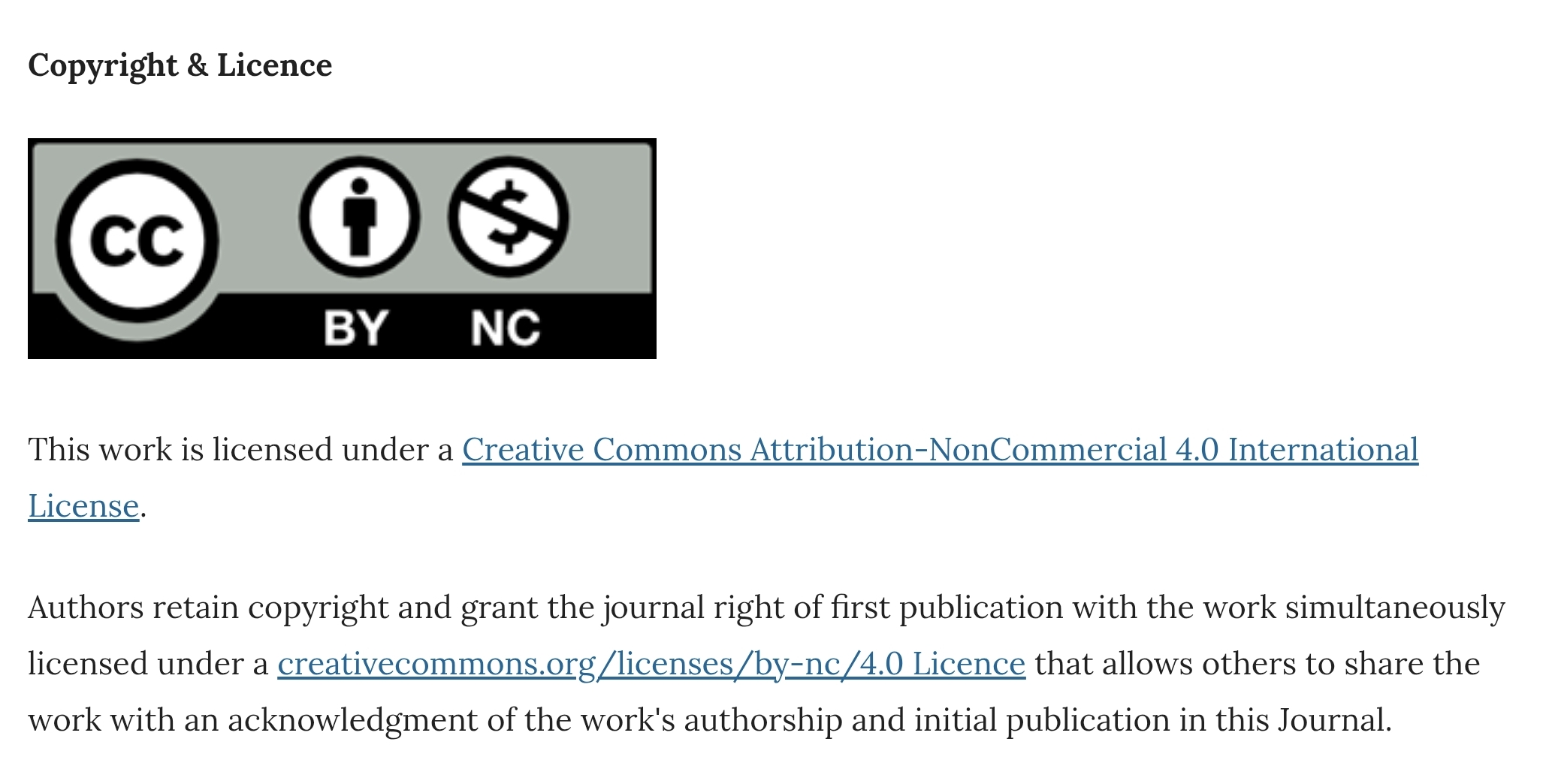First episode depression in women- a study of clinical characteristics through the female reproductive stages in a rural tertiary care center in Kerala
DOI:
https://doi.org/10.30834/KJP.32.1.2019.178Keywords:
first episode depression, reproductive cycle, womenAbstract
Background: The lifetime prevalence of major depressive disorders is 10-25% for women and 5-12% for men. Women are more prone to develop depressive episode from the period of menarche to the perimenopausal period. Relatively little research has been done on this. Materials and methods: Female patients between the ages of 12 years to 55 years presenting in the outpatient department with first episode depressive symptoms are selected (ICD 10) and the number of patients presenting in different stages of the reproductive cycle – perimenarche, pregnancy, post-partum, post abortion and perimenopausal are noted. Age at onset, severity of the illness, positive family history, presence of somatic and hypochondriac symptoms, and suicidal intent (Beck suicidal intent scale, Hamilton rating scale for depression) were noted. Results and discussion: Out of the total 120 patients, 53 were in the perimenopause state, 23 in the perimenarche, 5 in pregnancy, 14 in the post-partum, and 7 as post abortion. The mean age of onset of depressive disorders is 36.7 years (SD- 13.67). The severity of the depressive episode is significantly higher towards the younger age group (<30years) and number of patients presenting with somatic symptoms are much higher towards the older age group (41-55years). There is no significant difference in presence of positive family history, hypochondriasis and suicidal intent among various age groups. Conclusion: Perimenopausal and perimenarche periods show higher prevalence of depressive disorders during female reproductive cycle. Biological changes in reproductive cycle can cause increase prevalence of depression in women.
Downloads
Downloads
Published
How to Cite
Issue
Section
License
Copyright (c) 2019 Kerala Journal of Psychiatry

This work is licensed under a Creative Commons Attribution-NonCommercial 4.0 International License.











